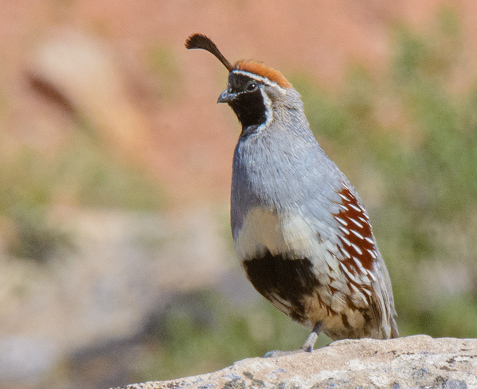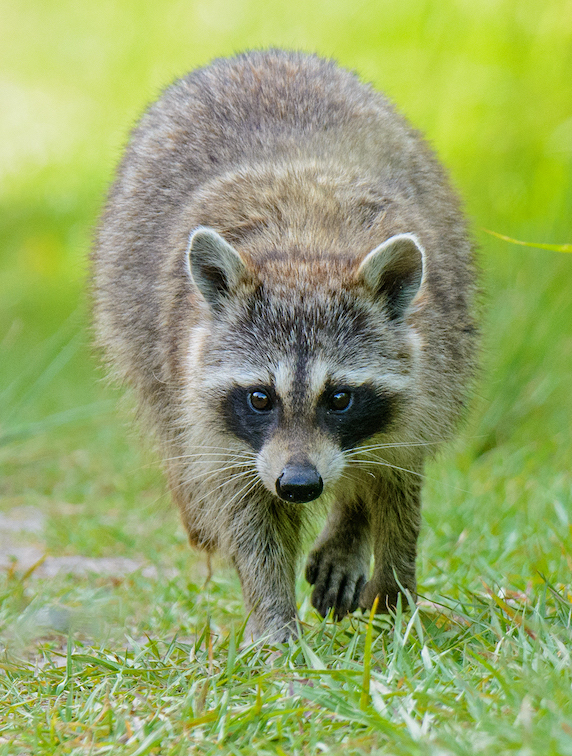Utah is the 11th largest state in the U.S, comprising 84,900 square miles. There are 29 counties, most of them quite rural. The human population of Utah is 2.2 million, most of whom reside along the Wasatch Front, a 102 mile (164.153 kilometers) stretch of a mountain range which is a branch of its more famous big brother, the Rocky Mountains.

Much of Utah is a high desert; it is the second driest state in the U.S., averaging only 16.18 inches (41.0972 centimeters) of moisture per year. However, this can be deceptive as the northern part of the Wasatch Mountains average 600 inches (15.24 meters) of snowfall in a year. As such, it is an international destination for skiers. The 2002 Winter Olympics took center stage as most of the area ski resorts hosted millions of visitors. The state has a very diverse geographic habitat; whether it is Kings Peak, which rises to a height of 13,528 feet (4123 meters) in the Uinta Mountains in the northeastern part of the state, or the Beaver Dam Wash located in the southwestern most part of the state, which is the lowest point in Utah, at a modest 2,350 feet (716 meters). Roughly two-thirds of the state is high desert terrain, and the other third mountainous terrain.
Utah is justly famous for its National Parks, one of which is Arches National Park in Southeastern Utah, where many a photo has been taken and published worldwide as it boasts over two thousand natural sandstone arches created by wind blown sand. Others are Bryce’s National Park and Zion’s National Parks. All three are located in the southern part of the state within a few hours of each other, making it easy to visit all three.
Consequently, Utah offers a rich diversity of regular and rare winged visitors. The official Utah bird checklist stands at 428 species; species as different as the Greater Roadrunner and the White-tailed Ptarmigan may be seen here.
Perhaps most vital to bird habitat is the Great Salt Lake. A remnant of old Lake Bonneville which existed about 23,000 years ago, it is the second saltiest body of water in the world, second only to the Dead Sea. Salt content ranges from 6 to 27% (oceans are about 3%). With no natural outlet, water evaporates leaving the salts and other minerals to accumulate. At its normal elevation of 4,200 feet (1,280m), the lake is 28 miles wide (45 kms), 75 miles long (120 kms), with over 335 miles (539 kms) of shoreline (about 1,700 square miles). Fortunately, much of this shoreline is protected. It is not a deep lake, averaging only 13 feet deep (4m), with 33 feet (10m) being its deepest level. However, this is no dead sea but a true oasis which sustains life to millions of creatures as the water is rich with microorganisms. The most famous is the brine shrimp. Every fall these are harvested and sold overseas. The amount that can be harvested depends on that year’s brine shrimp population. Crews operate every day for 24 hours straight, but once the poundage quota set by the DWR for that year has been reached, the fishing ends immediately. [Division of Wildlife Resource (DWR) realizes how vital the brine shrimp are to the ecosystem]. There has been as little as 265 pounds (120 kilos) in 1968 to 7,400 tons (7,518 metric tons) taken in 1995.
Each year between two and five million shorebirds migrate to, or through, the Great Salt Lake area, many feeding on the brine shrimp. Wilson’s Phalaropes on their way to wintering grounds in Argentina, will sometimes double their weight before the long, non-stop journey.

Hundreds of thousands of waterfowl over-winter. Year round there are plenty of raptors to be seen. The lake has six islands, the largest being Antelope Island. This is the only publicly accessible island, via a seven-mile causeway. Gunnison Island, on the northwest side of the lake, is a state nature preserve. This island hosts the third largest colony of breeding American White Pelicans in North America. While there are many places to bird in Utah, if one has the opportunity to come in February one should spend at least one day at Farmington Bay. This is located about 20 minutes north of Salt Lake City. During the month of February, one can easily see hundreds of Bald Eagles here.
Utah has the second highest congregation of Bald Eagles in the U.S., second only to Alaska. In February 2003, a record high count of 426 was seen in one day at Farmington Bay.
While birds are plentiful in Utah, other animals that can regularly be seen are the black bear, moose, elk, mule deer, pronghorn antelope, coyote, kit and red foxes, raccoons, cottontail rabbits, jack rabbits, and badgers.
A herd of 800 bison is maintained on Antelope Island. Every October DWR personnel have the Buffalo Round-up to check their health, which has become something of the tourist event as 800 bison in one place is quite a site to behold.
Major Source: Fatbirder
Map Source: Googlemaps™
Photo Source:
